Are you an aspiring watchmaker or looking to break into the world of luxury watches? Then you need to know how to create and launch your own watch brand.
Starting a successful watch business requires more than just designing beautiful timepieces – it takes strategy, marketing savvy, and a lot of hard work.
In this article, we’ll provide essential tips for creating and launching your own watch brand.
We’ll cover topics such as finding the right suppliers and manufacturers, developing effective pricing strategies that maximize profits, using social media to advertise your products, and more.
With these tips in hand, you can be sure that your new venture will have every chance of success!
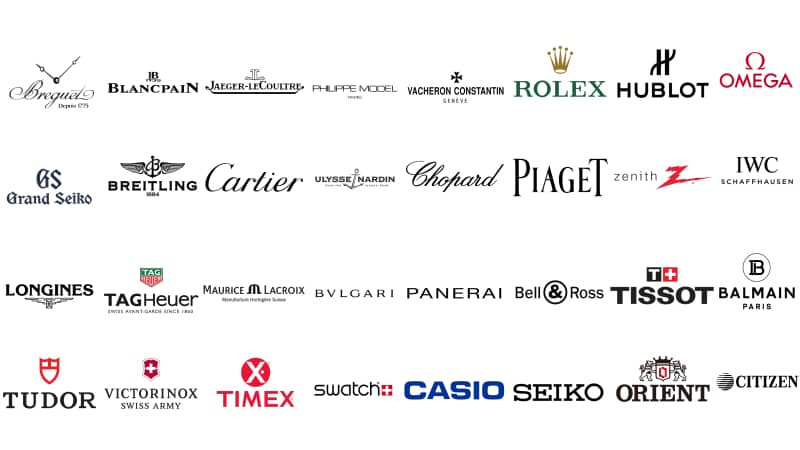
Brand positioning and design are crucial elements that lay the foundation for a successful watch brand.
To begin, it is essential to determine the brand’s positioning and style, encompassing aspects such as the brand name, logo, and product design direction.
These components serve as the cornerstones of the brand, setting the stage for its identity and perception in the market.
The first step is to define the brand’s value proposition, which entails identifying the unique selling points and benefits that set it apart from competitors.
Understanding the target customers is equally important, as it allows for the development of a brand positioning strategy that resonates with their needs, desires, and preferences.
By comprehending the target audience’s demographics, psychographics, and behaviors, the brand can tailor its positioning to create a strong connection and relevance.
Moving on to the design aspect, the brand name, logo, and visual stylebook play a vital role in conveying the brand’s essence and personality.
The brand name should be memorable, distinctive, and reflective of the brand’s values and positioning. It should evoke emotions and create a sense of intrigue or aspiration among the target audience.
The logo, on the other hand, visually represents the brand and should be designed in a way that aligns with the brand’s positioning. It should be visually appealing, scalable, and easily recognizable.
Furthermore, the development of a comprehensive visual stylebook ensures consistency across various brand touchpoints.
It outlines the brand’s color palette, typography, imagery guidelines, and other visual elements that shape the brand’s visual identity.
This cohesive visual stylebook helps maintain a consistent and recognizable brand presence, reinforcing the brand positioning in the minds of consumers.
Finally, the design of the product line and the first set of products is crucial in solidifying the brand’s identity and establishing a unique market presence.
The look and feel of the products should align with the brand’s positioning and visual style. This includes factors such as the materials used, the form factor, the design elements, and the overall aesthetic appeal.
A well-designed product line that resonates with the target customers helps build brand loyalty and differentiate the brand from its competitors.
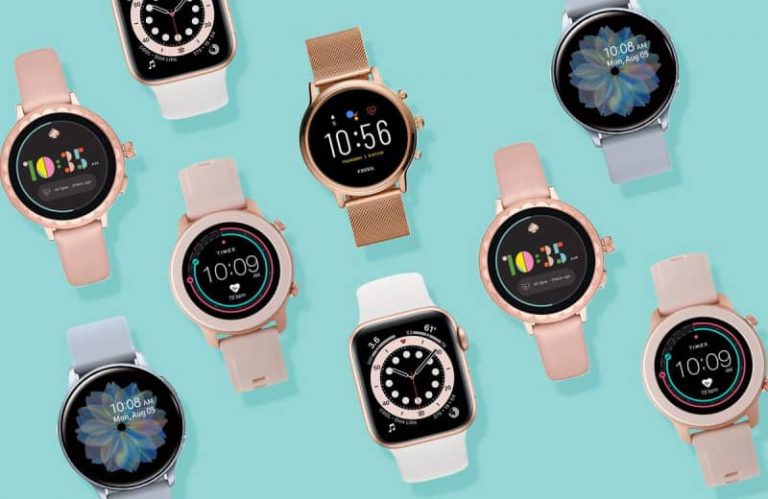
Production and supply chain planning are essential aspects of establishing a successful watch brand or company.
These processes involve meticulous decision-making and implementation to ensure efficient production, quality control, and timely delivery of products.
It is essential to identify a reputable and experienced factory that aligns with the brand’s quality standards and production capabilities.
Once a suitable factory is chosen, a contract should be signed, outlining the terms and conditions, production timelines, and quality requirements.
This contractual agreement helps establish a clear framework for collaboration and ensures that both parties are aligned in their goals and expectations.
Throughout the production process, regular communication and coordination with the factory are necessary to address any issues or concerns that may arise, ensuring smooth production operations.
These suppliers play a crucial role in ensuring the overall quality and durability of the watches.
It is essential to conduct thorough research and due diligence to identify reputable suppliers who can consistently provide materials that meet the brand’s quality standards.
Regular inspections of the raw materials should be conducted to verify their quality, adherence to specifications and compatibility with the brand’s desired aesthetics and performance standards.
This continuous monitoring helps maintain the desired level of quality throughout the production process.
This system should cover every aspect of production, packaging, storage, and transportation.
Implementing standardized quality control procedures and inspections at each stage of production ensures that the watches meet the brand’s defined quality standards.
Additionally, proper packaging and storage practices must be followed to protect the watches from damage or deterioration. Lastly, establishing efficient transportation channels and logistics management is crucial to ensure the timely delivery of products to retailers or customers.
Prominent watch brands or companies such as Rolex, Omega, and Patek Philippe exemplify meticulous production and supply chain planning.
These brands carefully select factories that uphold their quality standards and sign contracts to ensure compliance. They also prioritize sourcing high-quality raw materials and conducting regular inspections to maintain their reputation for exceptional craftsmanship.
Furthermore, these brands establish robust quality management systems that encompass every step of the production, packaging, storage, and transportation processes.
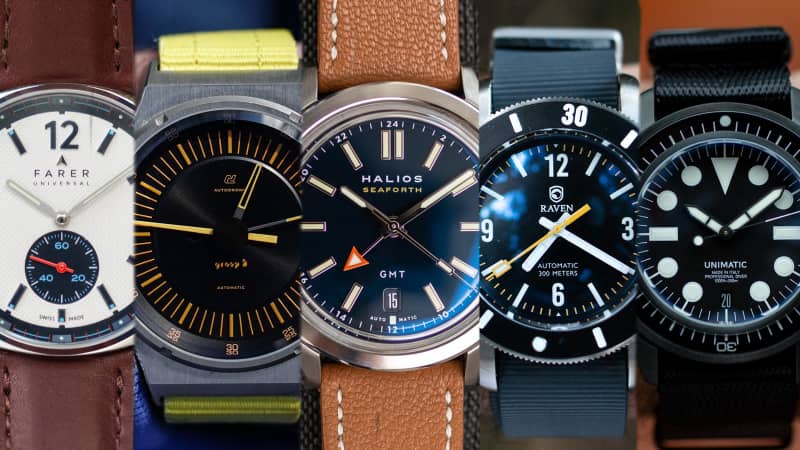
To maximize the reach and accessibility of watch brands, establishing effective sales channels is crucial. These channels serve as gateways for customers to discover, explore, and purchase the brand’s watches.
Here are several strategies for expanding sales channels:
Embracing the digital age, watch brands can open dedicated stores on well-established e-commerce platforms like Amazon.
These platforms offer a wide customer base and robust infrastructure, allowing brands to showcase their products, manage inventory, and facilitate online transactions.
By leveraging the popularity and convenience of these platforms, watch brands can tap into a global customer pool and reach a broader audience.
Physical stores provide a tangible and immersive experience for customers, allowing them to engage with the brand and its watches firsthand.
Selecting strategic locations in areas known for high-end consumption ensures that the brand’s physical presence aligns with its target audience.
These stores serve as showcases for the brand’s craftsmanship and create opportunities for personalized customer interactions, fostering brand loyalty and enhancing the overall brand experience.
Collaborating with established high-end watch retail chains presents an opportunity to tap into their existing customer base and leverage their expertise in luxury watch sales.
Watch brands can increase their visibility and customer engagement by collaborating with retail chains.
This partnership allows them to access a network of physical stores with knowledgeable staff, providing a platform to connect with discerning watch enthusiasts and customers looking for high-quality timepieces.
Luxury hotels often attract affluent individuals and business travelers, making them prime locations for showcasing and selling high-end watches.
One way that watches brands can attract customers who appreciate luxury and fine timepieces is by partnering with high-end hotel buildings.
This partnership provides an opportunity for the brands to secure space within the hotels’ stores or designated retail areas.
This placement strategy can help the brands gain the attention of potential customers and benefit from being associated with prestigious hotels.
Furthermore, it can elevate the brand’s image and increase its appeal among the discerning clientele due to the added aura of exclusivity.
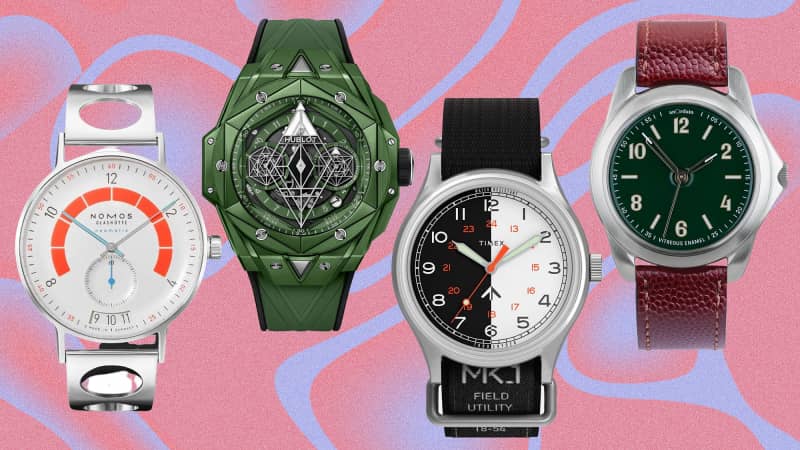
Effective publicity marketing plays a pivotal role in increasing brand awareness and exposure for watch brands.
By strategically utilizing various platforms and engaging with key influencers, brands can create a buzz around their stories and products.
Here are several strategies for successful publicity marketing:
Social media platforms such as Facebook and Twitter provide a powerful means to connect directly with the target audience.
Watch brands can leverage these platforms to share engaging brand stories, showcase product highlights, and communicate with followers.
Consistently sharing pertinent content and engaging with followers can help brands build a group of devoted fans who will promote the brand to a larger audience through word of mouth.
Collaborating with influential personalities in the fashion and lifestyle industry can significantly boost brand exposure.
By partnering with KOLs, watch brands can send out samples for them to wear and feature in their content.
Key Opinion Leaders or KOLs can share their experiences, provide endorsements, and reach their followers with authentic and influential brand messages.
This association with respected figures enhances the brand’s credibility and introduces it to new audiences.
Traditional advertising remains a valuable tool for publicity marketing.
Watch brands can place advertisements in high-end fashion magazines, targeted mail subscriptions, and other relevant channels to reach a refined and captive audience.
By strategically selecting the appropriate publications and channels, brands can exhibit their products to people who value luxury and have a true fondness for watches.
Hosting engaging online and offline activities is an effective way to generate buzz and enhance brand exposure.
Activities such as new product launches, exclusive events, and collaborations with influencers or celebrities can create excitement and attract media attention.
These activities not only provide opportunities for customers to experience the brand firsthand but also generate media coverage, social media discussions, and word-of-mouth recommendations, increasing brand visibility.
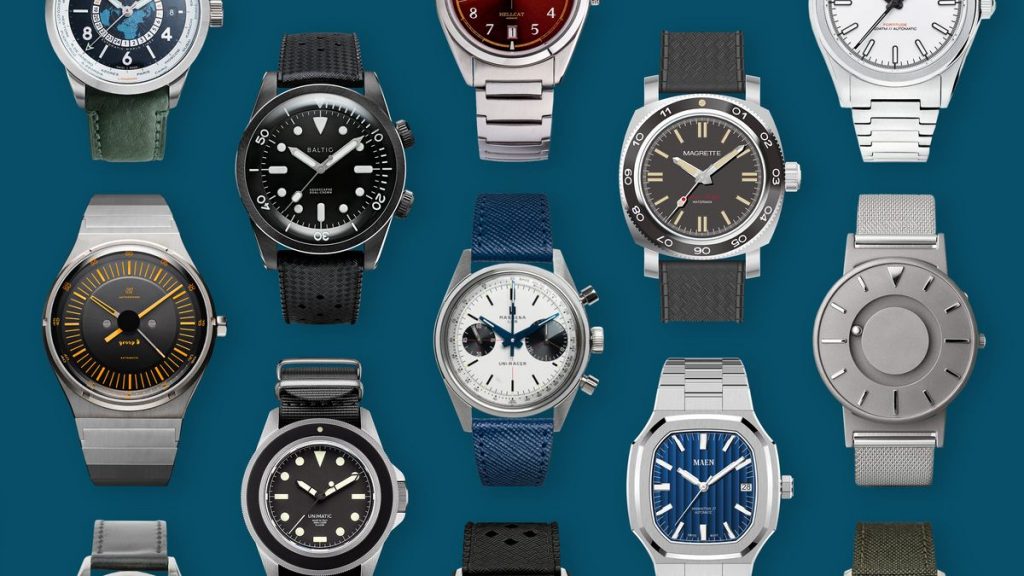
Building strong and lasting relationships with customers is crucial for watch brands to foster loyalty and drive repeat business.
Effective customer relationship management (CRM) strategies help brands provide exceptional post-purchase support, reward loyal customers, and continuously improve products and services.
Here are key components of successful CRM:
The brand’s official website serves as a central hub for customers to access important information and seek assistance.
Brands should ensure that their website offers comprehensive after-sales services, including warranty registration, product manuals, and maintenance instructions.
Prompt and efficient customer support channels should be in place to address inquiries, concerns, and repair requests
A membership program based on points is a way for brands to show their appreciation to loyal customers by offering exclusive benefits.
These benefits can include redeemable points, personalized recommendations, or early access to new products. Such incentives make customers feel valued and can help build brand loyalty.
This approach encourages repeat purchases and fosters a sense of exclusivity and belonging within the brand community.
The program should be designed to continuously engage members and offer meaningful rewards that align with their preferences and aspirations.
Collecting feedback from customers is essential for understanding their needs, preferences, and satisfaction levels.
Regular customer surveys can provide valuable insights that help improve products, services, and overall customer experience.
Brands can gather feedback on aspects such as product design, functionality, after-sales support, and purchasing process.
Brands implement membership programs that offer exclusive benefits, such as priority service, limited edition releases, and special discounts, to their loyal customers.
Furthermore, they regularly conduct customer surveys to gain insights into customer
preferences and continuously enhance their product offerings and service quality.
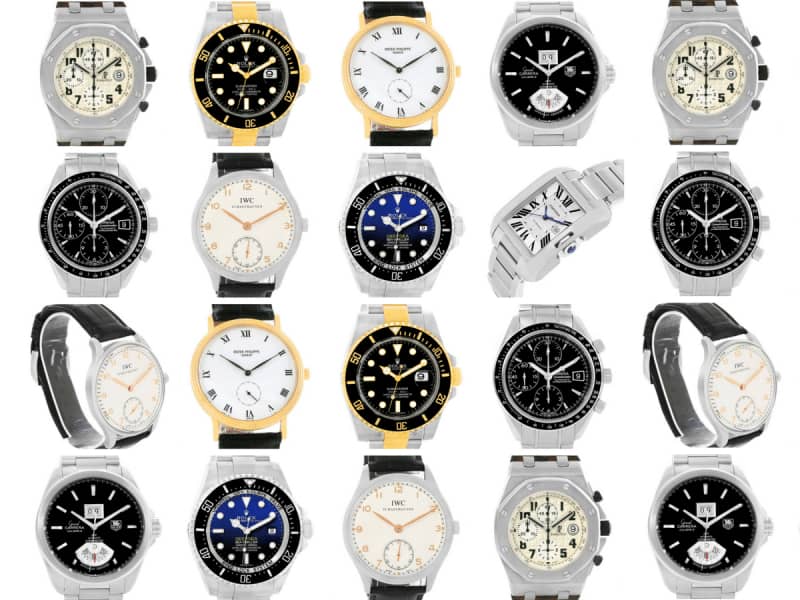
Investing in R&D enables watch brands to explore new materials, manufacturing techniques, and design concepts.
Brands can enhance product performance, durability, and aesthetics by investing in research and experimentation to discover innovative solutions.
This includes staying informed about advancements in movement technology, exploring sustainable materials, and incorporating cutting-edge design elements.
R&D initiatives are crucial for driving product innovation and differentiating the brand in a highly competitive industry.
Collaborating with industry experts, such as renowned watchmakers, designers, or technology partners, can foster fresh perspectives and facilitate the exchange of knowledge.
Collaborations also help brands tap into new markets or target specific customer segments through co-branded or limited-edition collaborations, creating excitement and generating buzz.
Embracing an iterative design process allows watch brands to refine and enhance their product offerings.
Prototyping allows brands to test various concepts, gather feedback from internal teams or focus groups, and make required improvements before finalizing the design. This process helps brands to refine their product before release.
This iterative approach ensures that watches are not only visually appealing but also functional, comfortable, and aligned with customer expectations.
Iterative design minimizes the risk of launching products that may not resonate with the target audience.
Conducting comprehensive market research and staying attuned to evolving consumer preferences are essential for continuous innovation.
Watch brands must monitor market trends, competitor activities, and changing consumer behaviors to identify new opportunities and adapt their product strategies accordingly.
Collecting and analyzing consumer feedback, both through formal channels such as surveys and informally through social media listening, provides valuable insights for refining existing products and developing new ones that address emerging needs and desires.
Case materials commonly used in watches include titanium, ceramics, steel (specifically 316L and 904L), copper, white gold, platinum, rose gold, gold, plastic, and wood.
Among these materials, 316L steel is most commonly used due to its low cost and ease of processing.
A watch case is the metal part of the watch that holds the parts together.
Watch cases can be made from different materials like titanium, steel, gold, and plastic. Steel is often used because it is strong and easy to work with.
Watch straps are made of various materials such as leather, steel, precious metals, rubber, ceramics, nylon, and more.
Commonly used materials are steel and leather, which includes cowhide, crocodile skin, lizard skin, and sheepskin.
The strap material is usually the same as the watch case. If the watch case is made of steel, then the strap will also be made of steel.
Generally, the strap is comfortable and versatile, while a crocodile strap can add a touch of luxury to a watch.
Buckles, also known as clasps, are components of watches designed to securely fasten the watch band or bracelet to the wrist.
They can be made of steel, precious metals such as gold or platinum, ceramics, and titanium.
Clasps come in a variety of styles including deployment and butterfly-style buckles.
They provide a secure hold and also add to the aesthetics of the watch. Moreover, they make the watch easier to wear and take off.
The material for the watch crown is divided into screw-in type and push-in type, and it is typically the same as the watch case.
The screw-in crown offers better waterproof capabilities since it can only be pulled out by rotating, which reduces the risk of water entering the watch due to accidental operations.
The handle of a watch crown usually bears a brand logo or a gemstone, such as a Cartier watch, to enhance its recognition and luxury appeal. Watch enthusiasts can quickly recognize this distinctive feature.
Moreover, various materials can be used to shape the head, such as stainless steel, sapphire glass, and gold.
The shape of the head is also important for ergonomics and aesthetics; a round watch crown typically favors both design and comfort.
Button pushers are small components of a watch that enable customers to operate the timing system.
They are typically located at the 2 and 4 o’clock positions on the face of the watch, just above or next to the winding stem.
These small buttons can be made from any material that is compatible with the case of the watch, such as steel, gold, titanium, or ceramic.
The material used for the pusher can be chosen to match the rest of the watch and is usually a higher-grade material than what is used for the case.
Button pushers are designed to give customers greater convenience and control over their watches in order to accurately time activities.
They also add to the overall style and luxury appeal of a watch.
The watch glass, also known as crystal or crystal glass, is a crucial element that protects the dial and movement of a wristwatch.
There are three main types of watch glass commonly used in the industry: sapphire glass, mineral glass, and synthetic glass.
Each type offers unique characteristics and serves specific purposes, catering to different price ranges and design preferences.
Sapphire glass is the most popular and widely used type, particularly in high-end watches.
Made from synthetic sapphire, a crystalline form of aluminum oxide, it boasts exceptional hardness, making it highly resistant to scratches and abrasions.
This durability ensures that the watch glass maintains its pristine appearance even with everyday wear.
In addition to its scratch resistance, sapphire glass also exhibits excellent transparency, allowing for clear visibility of the dial and its intricate details.
The anti-reflective coating applied to one or both sides of the glass reduces glare and enhances legibility, even in various lighting conditions. These properties make sapphire glass the preferred choice for luxury timepieces that require uncompromising quality and long-lasting beauty.
Mineral glass is commonly found in lower-priced watches, offering a more affordable alternative to sapphire glass. Composed of various minerals such as silicates, it provides adequate protection for the watch face at a lower cost.
While mineral glass is not as scratch-resistant as sapphire glass, it still offers reasonable durability and protection against everyday wear and tear.
Watches with mineral glass may opt for additional treatments, such as hardening or tempered coatings, to improve their scratch resistance and overall toughness.
Although mineral glass may exhibit some reflections and glare under certain lighting conditions, it remains a practical choice for budget-conscious consumers who seek reliable timepieces without compromising on basic durability.
Synthetic glass, also known as acrylic glass, offers a distinctive retro charm and is typically found in vintage or retro-styled watches.
It is composed of a clear, lightweight, and impact-resistant acrylic material.
While synthetic glass is more susceptible to scratching compared to sapphire or mineral glass, it possesses its own unique advantages.
Its relatively low price point makes it an accessible option for watch enthusiasts who appreciate the nostalgic appeal of vintage designs.
Many iconic watch models from brands like Rolex utilized acrylic glass in the past, contributing to their timeless aesthetic.
The average light transmission of synthetic glass allows for clear visibility of the dial, enhancing legibility, while its scratch susceptibility can be mitigated to some extent through regular polishing and maintenance.
The material used for the bottom cover of a watch is typically the same as the material of the watch case.
The bottom cover can either be solid or transparent, with the solid option not allowing you to see the movement inside.
Additionally, there are two ways to install the bottom cover: screw-in and push-in. The screw-in type offers better waterproofing. Occasionally, you may find a watch with a bottom cover that is fixed with screws, which is a less common method.
The watch dial serves as the face of the timepiece, displaying essential information such as the time, date, and additional complications.
It not only contributes to the overall aesthetics of the watch but also plays a functional role in ensuring accurate timekeeping.
There are several materials commonly used for watch dials, including metal, glass, enamel, mother-of-pearl, and carbon fiber, each offering its own distinct characteristics and visual appeal.
Metal dials exude a classic and timeless elegance, often crafted from stainless steel, brass, or precious metals like gold or platinum.
They provide durability and resistance to wear, making them suitable for everyday use.
Glass dials, typically made from transparent or tinted mineral or sapphire glass, offer a contemporary and sleek appearance while allowing for clear visibility of the underlying components.
Enamel dials showcase exquisite craftsmanship and a refined aesthetic. Made by fusing powdered glass to a metal base through a high-temperature firing process, they exhibit a smooth and lustrous surface.
Enamel dials can be found in various colors and often feature intricate designs or patterns, adding a touch of luxury to the watch.
Mother-of-pearl dials boast an iridescent beauty, displaying a mesmerizing play of colors. These dials are created using the inner layer of seashells, providing a unique and elegant appearance.
Mother-of-pearl dials offer a feminine touch and are particularly popular in women’s watches.
Carbon fiber dials represent a modern and sporty aesthetic, appealing to enthusiasts of contemporary timepieces.
Carbon fiber is a lightweight and high-strength material that exhibits a distinctive woven pattern, providing a visually striking and dynamic look to the dial.
When producing a watch dial, the shape is determined by the case design. Before
manufacturing the dial, the type of movement the watch will be equipped with must be considered.
Dial feet are installed on the back of the dial to correspond with fixed positions on the movement. This maintains accuracy and functionality by ensuring proper alignment and placement of the movement.
There are two types of scales on the dial: luminous and non-luminous.
Luminous scales are easier to see in low-light conditions because they use materials like Super-LumiNova or tritium that glow. Non-luminous scales use printed or applied markers to show the hours, minutes, and other measurements.
The materials commonly used for making pointers include copper, bronze, stainless steel, gold, and various alloys.
There are different types of pointers such as second hand, minute hand, hour hand, chronograph second hand, chronograph minute hand, chronograph hour hand, power reserve hand, or date hand.
Pointers can also be categorized as either luminous or non-luminous. The choice of material and type of pointer depends on the movement type, style preference, and budget.
Although there are a variety of materials to choose from when creating your own watch brand, understanding the advantages and limitations of each option is paramount for producing a quality timepiece that stands out in the competitive watch market.
The tips outlined above provide valuable guidance to help you create and launch your own watch brand.
When producing a watch, consider the materials for the case, bottom cover, dial, and pointer hand to achieve the desired outcome. Ensure that each component is carefully chosen based on the design, movement type, style preference, and budget.
By taking all of these factors into account when crafting your timepiece, you can successfully create a watch that stands apart from the competition.
Good luck and happy designing!
The intricate mechanism of each watch is a work of art. Every luxury watch has its level of craftsmanship and quality. Each is created artistically by expert watchmakers making the timepiece have an elegant design and accurate timekeeping. But, luxury watch collectors prefer mechanical or automatic movements. Let yourself fall into one of the types of a watch movement and share your ideas below if you have different insight!

Copyright © 2018 Sofly Limited

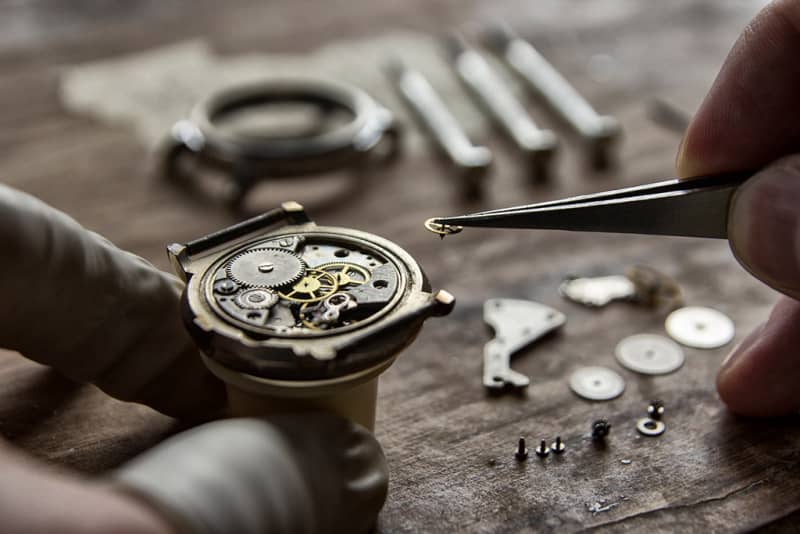
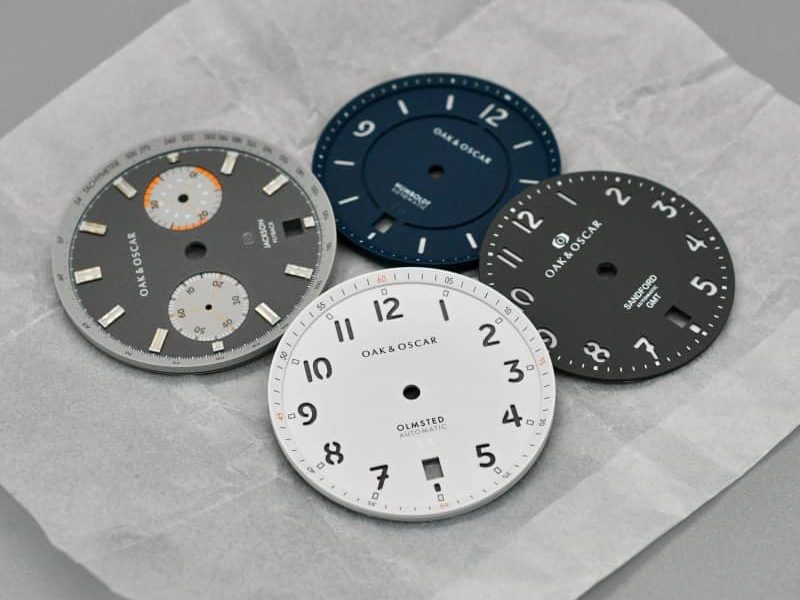
Leave a Reply
Your email address will not be published. Required fields are marked *